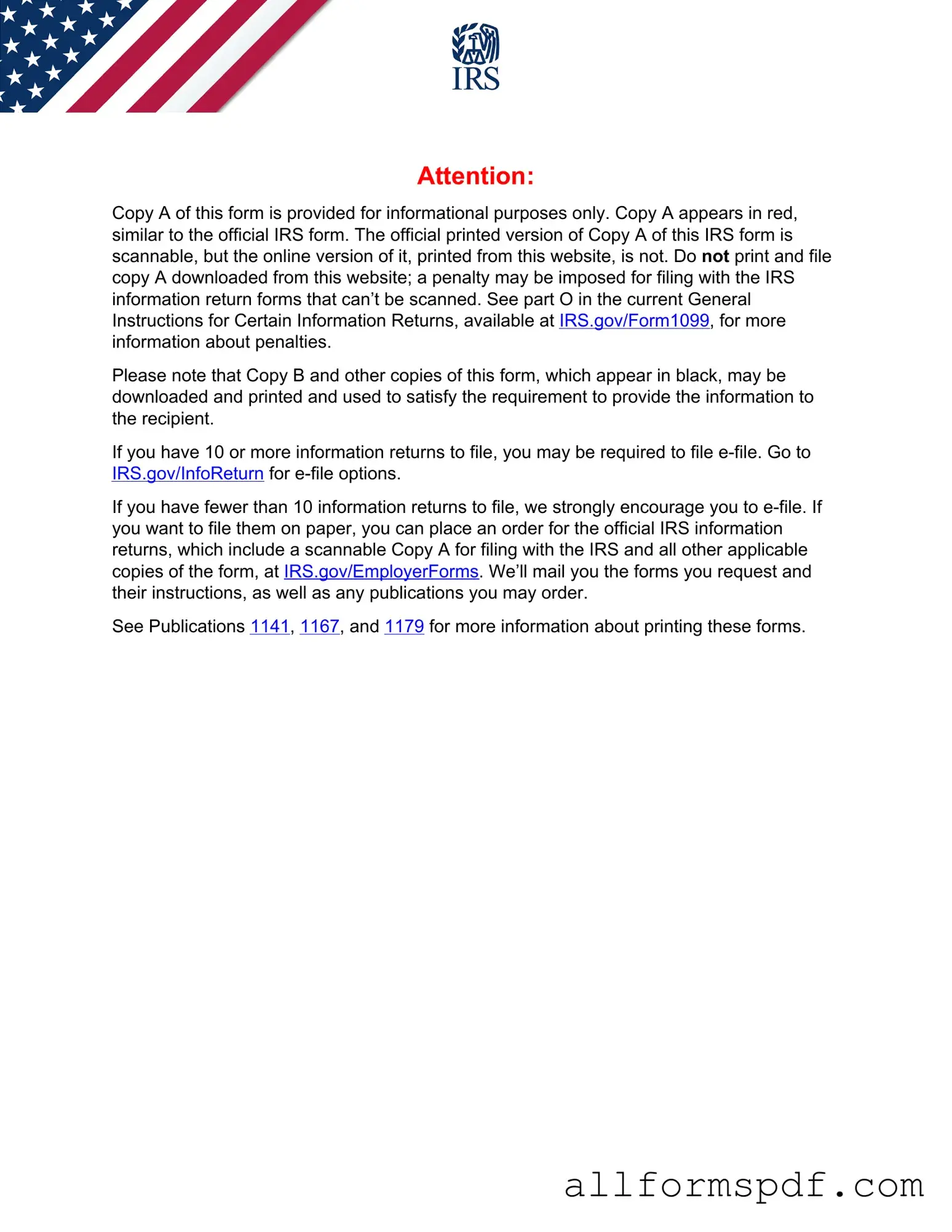Filling out the IRS 1099-MISC form can be a daunting task for many individuals and businesses. Mistakes can lead to delays, penalties, or even audits. Understanding common errors can help ensure that your form is completed accurately. Here are nine mistakes to watch out for.
One frequent error is incorrect recipient information. People often miswrite names or Social Security Numbers (SSNs). It’s crucial to double-check that the name on the form matches the recipient’s legal name exactly. A mismatch can result in the IRS rejecting the form or, worse, the recipient facing tax issues.
Another common mistake involves the amount reported. Some filers forget to total payments accurately. This can happen if payments are made over multiple transactions throughout the year. Keeping detailed records of all payments can help avoid this problem.
Additionally, failing to check the correct box on the form is a common oversight. The 1099-MISC has various boxes for different types of payments, such as rent, royalties, or non-employee compensation. Selecting the wrong box can lead to confusion and complications down the line.
Many individuals also overlook the deadline for filing the 1099-MISC. The IRS has specific due dates for submitting these forms, and missing the deadline can result in penalties. It’s wise to mark your calendar and allow enough time to gather all necessary information before the due date.
Moreover, some people forget to provide their own taxpayer identification number (TIN) on the form. This is essential for the IRS to identify who is submitting the form. Without it, the form may be considered incomplete, leading to further complications.
Another mistake is neglecting to send a copy of the 1099-MISC to the recipient. Not only is this a requirement, but it also helps the recipient prepare their own tax returns accurately. Failing to provide this copy can lead to misunderstandings about reported income.
Inaccurate reporting of state tax information can also be problematic. If you are required to report state tax withheld, ensure that the information is correct. Different states have different requirements, and getting this wrong can lead to further inquiries from state tax authorities.
Lastly, many filers do not keep copies of the forms they submit. It’s essential to retain a copy for your records. This can be invaluable if there are any disputes or if the IRS has questions about your submission in the future.
By being aware of these common mistakes, individuals and businesses can approach the 1099-MISC form with greater confidence. Taking the time to carefully review the form can save time, money, and stress in the long run.
